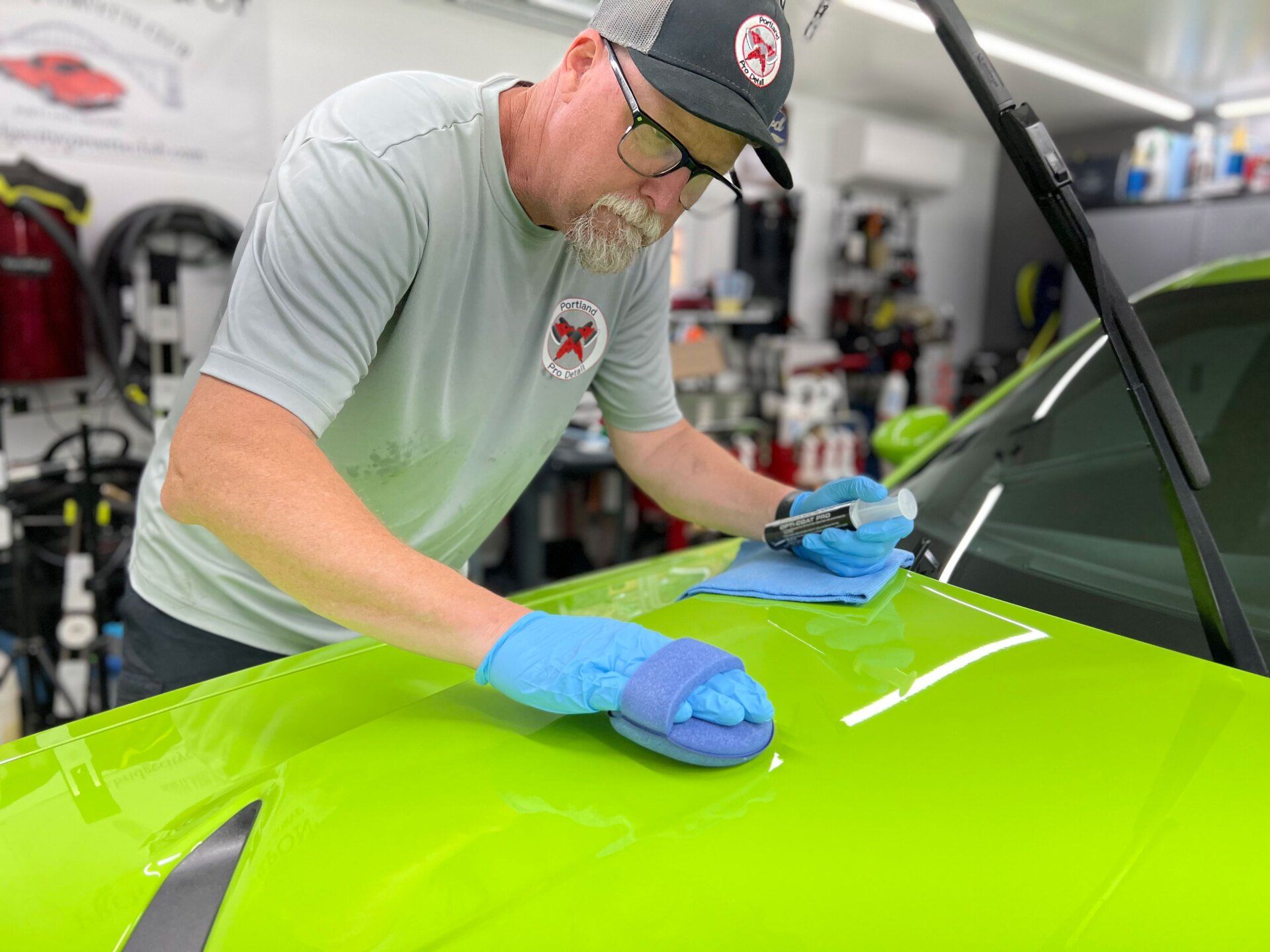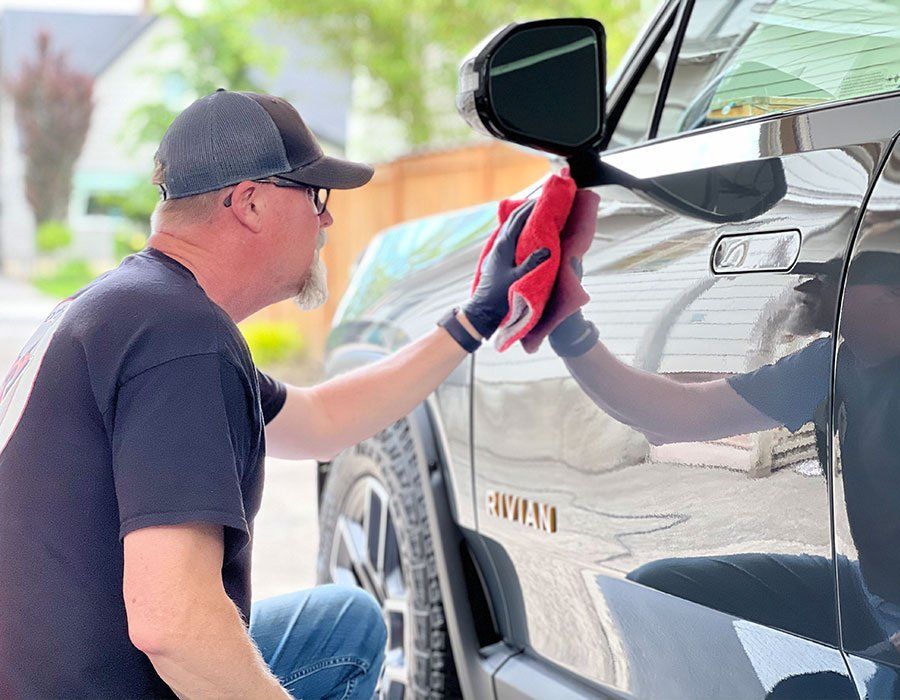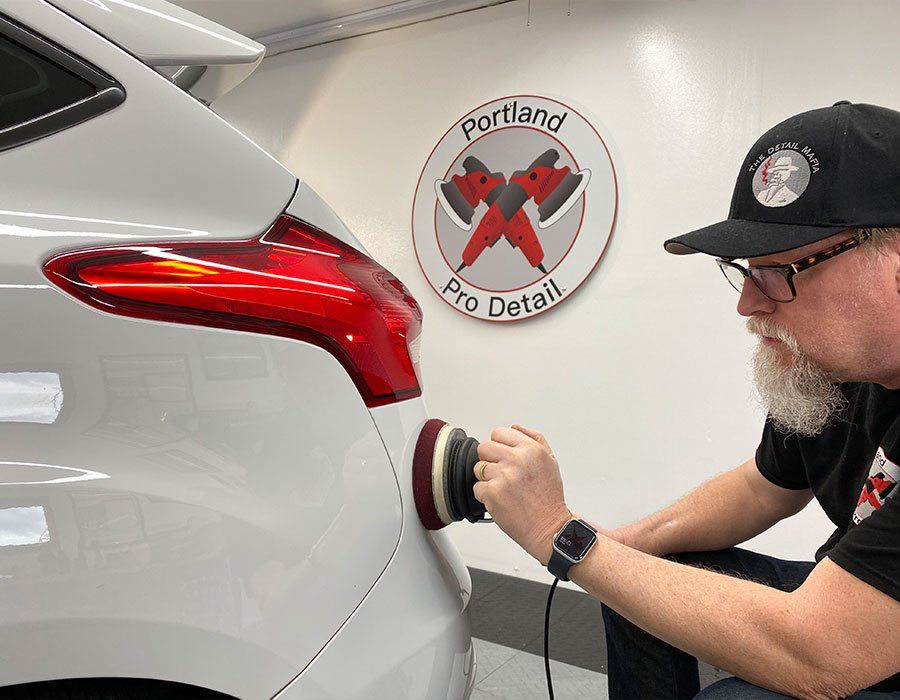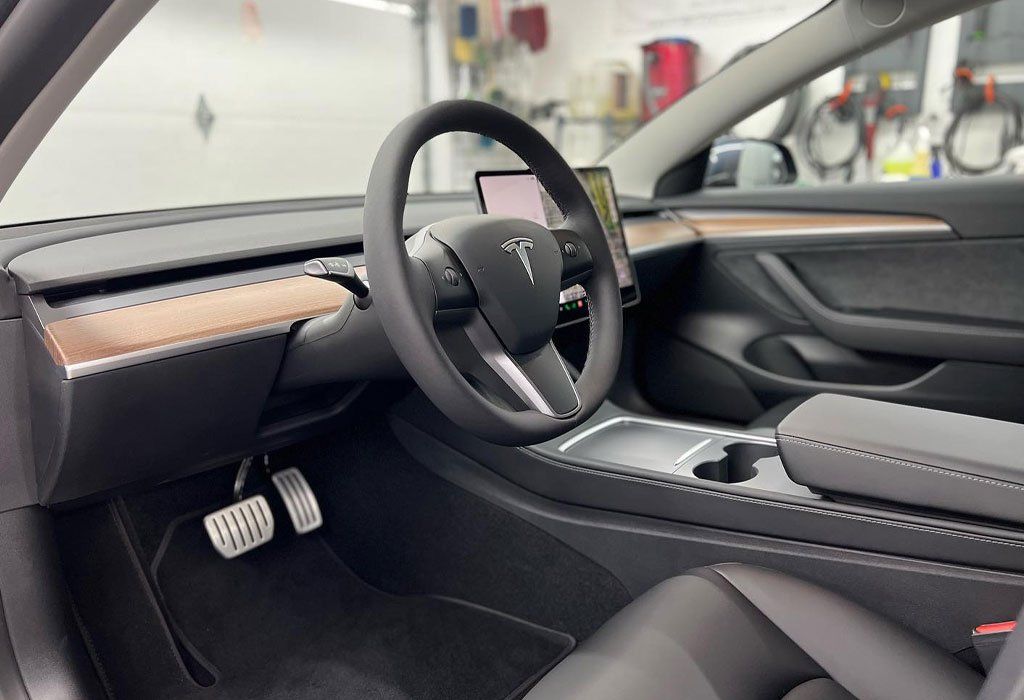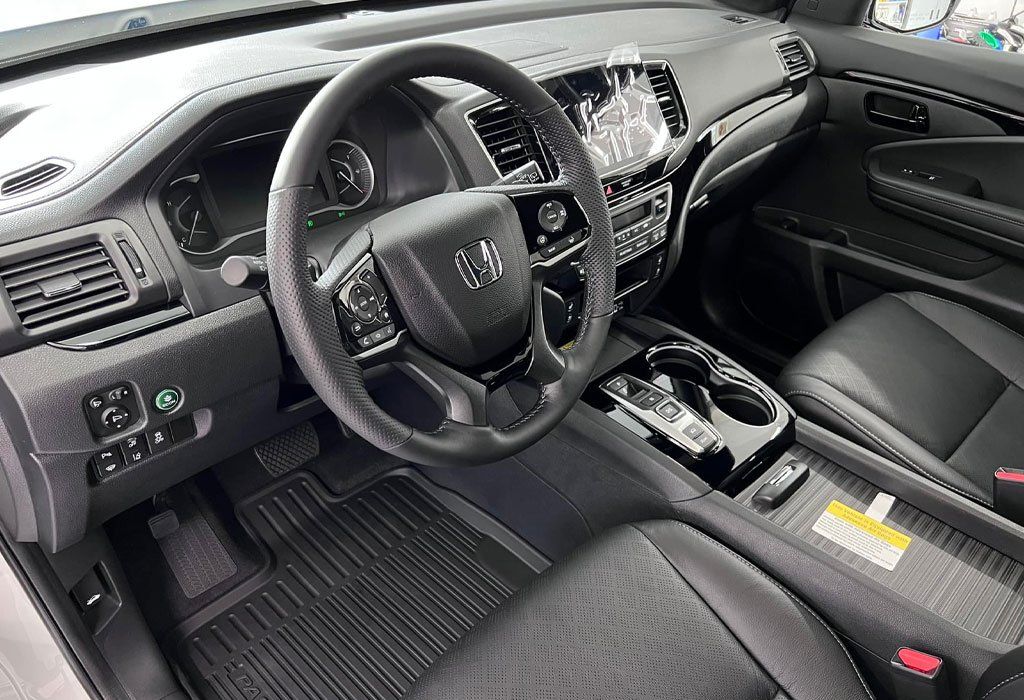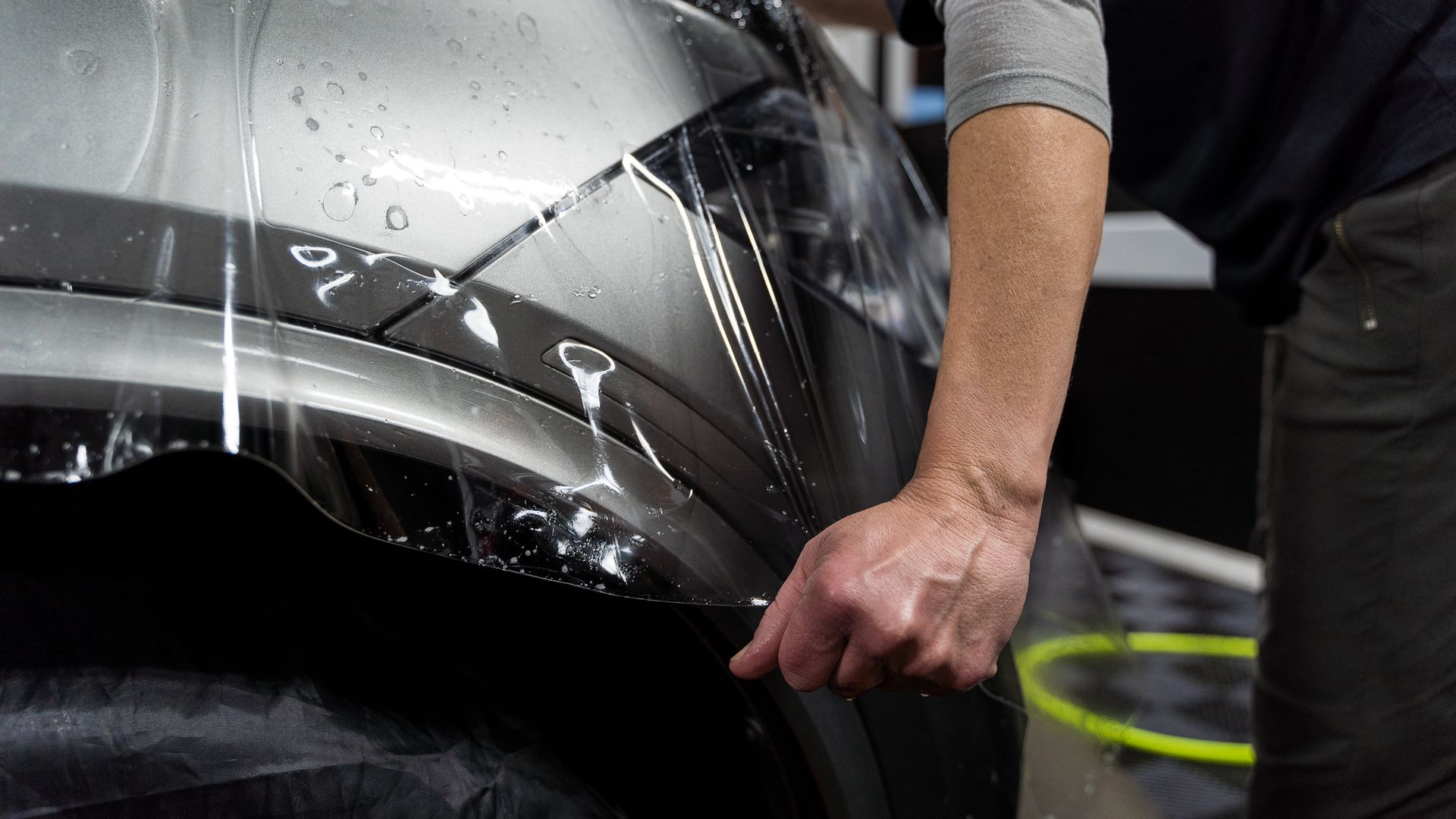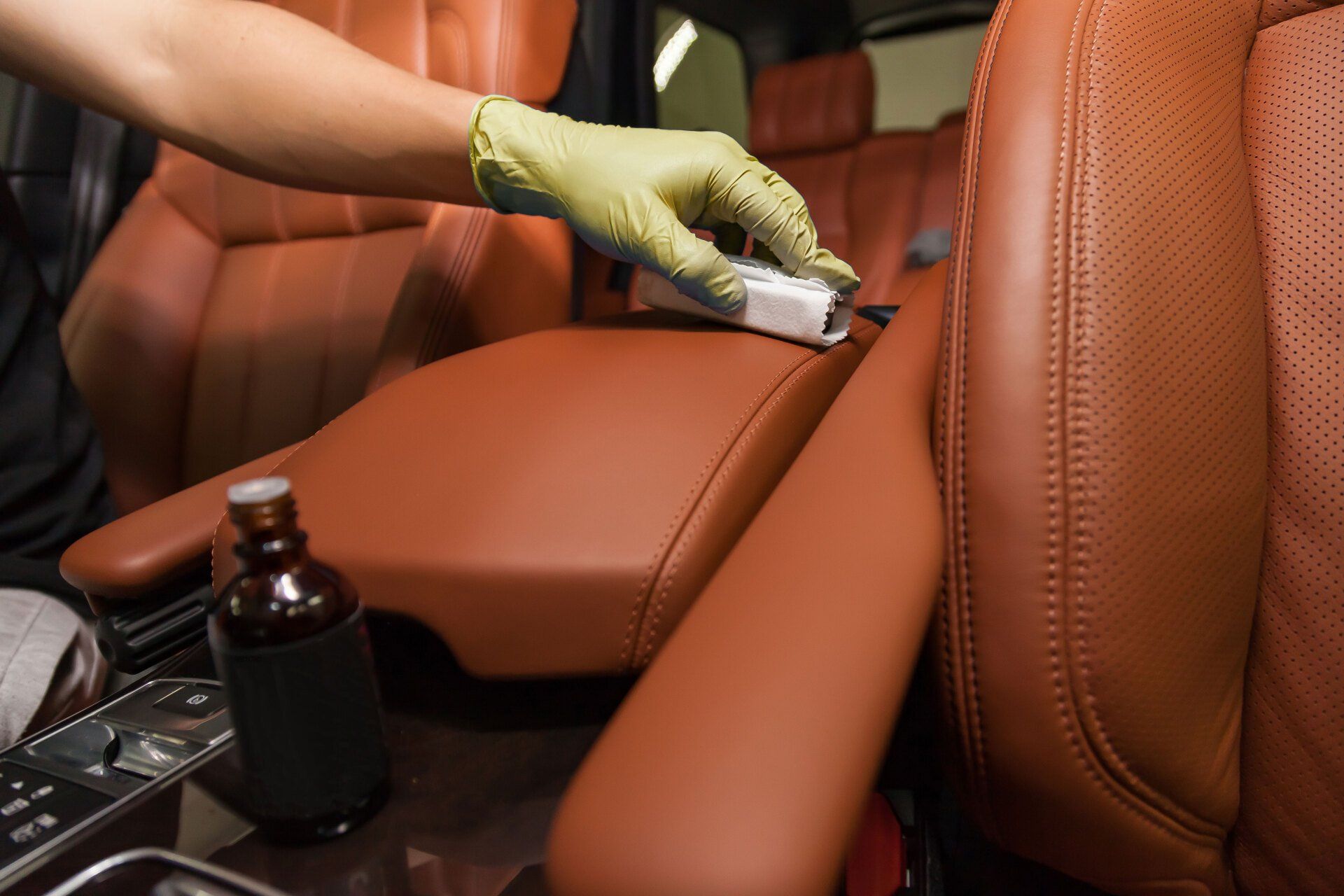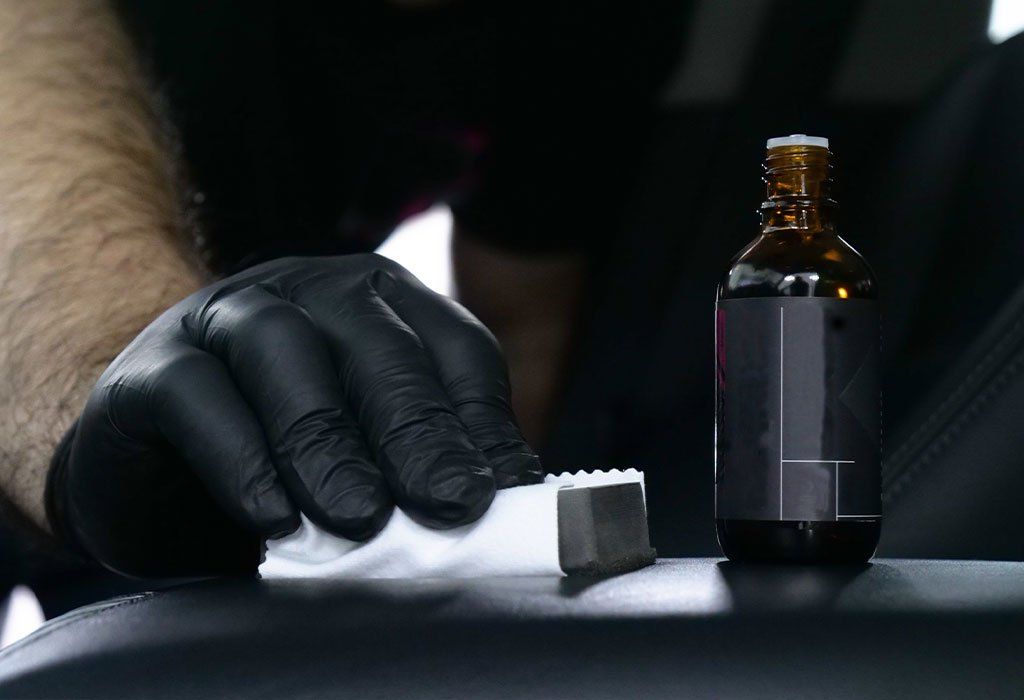Do You Need to Reapply Interior Ceramic Coating? Tips for Proper Maintenance
CALL (503) 444-7415
When it comes to keeping your car's interior looking brand new, many people wonder if there’s a magic solution that will make cleaning a breeze and protect against wear and tear. Ceramic coating is a game changer for anyone who wants to elevate their vehicle's aesthetics while adding a robust layer of protection. You might think, “Is it really worth the investment?” By diving into the benefits of ceramic coatings, along with proper maintenance practices, you’ll discover how this innovative product can keep your car interior in top-notch condition without constant upkeep.
Yes, reapplication of interior ceramic coating may be necessary over time to maintain its protective qualities and effectiveness. Factors such as exposure to sunlight, wear from cleaning, and overall usage can affect its longevity, so it's advisable to evaluate the coating periodically and reapply as needed for optimal protection.
Why Consider Ceramic Coating for Your Car Interior?
Keeping your car’s interior in top condition can be challenging, especially with daily use and exposure to sunlight. Ceramic coatings offer a durable solution by providing a protective layer that guards against stains, UV damage, and wear. Unlike traditional sealants, these coatings bond at a molecular level for long-lasting results. Here’s why ceramic coatings are a smart investment for your vehicle’s interior.
- Protection Against Stains and UV Damage: Ceramic coatings form a strong protective barrier against stains, dirt, dust, and harmful UV rays. These coatings prevent interior surfaces from fading and deteriorating over time, maintaining their original look. Unlike traditional waxes or sealants, ceramic coatings bond at a molecular level for enhanced durability. This ensures your vehicle’s interior remains in top condition for years.
- Long-Term Financial Benefits: Vehicles with ceramic-coated interiors tend to retain more value compared to those without any protective measures. Studies show that these interior coatings help maintain up to 20% more resale value. This is because the interior remains in better condition, reducing wear and tear from daily use. For owners looking to sell or trade in their vehicle, this translates to significant financial savings.
- Extending the Lifespan of High-Traffic Areas: Surfaces like dashboards and seats are constantly exposed to sunlight and daily use, making them prone to wear. An interior ceramic coating provides an extra layer of defense, preventing premature aging and cracking. It also preserves the texture and color of materials, whether fabric or leather. By applying an interior ceramic coating, you ensure that these high-traffic areas remain in excellent condition for longer.
- Hydrophobic Properties for Easy Cleaning: One of the standout benefits of ceramic coatings is their ability to repel liquids. Spills bead up on the surface rather than soaking into fabric fibers or leather grains, making cleanup effortless. This protection significantly reduces the likelihood of permanent stains from coffee, soda, or other liquids. As a result, maintaining your vehicle’s interior becomes far less time-consuming.
- Cost vs. Long-Term Value: While interior ceramic coatings may cost between $500 and $1,500 upfront, the benefits outweigh the investment. They reduce the need for frequent deep cleanings and expensive interior treatments over time. Additionally, a well-maintained coated interior contributes to a higher resale value. With proper maintenance, the advantages of ceramic coatings continue to pay off.
Ceramic coatings provide unmatched interior protection, making them a worthwhile investment for vehicle owners. Their ability to shield surfaces from stains, UV damage, and wear extends the life of your car’s interior while simplifying maintenance.
Lifespan of Interior Ceramic Coatings
The longevity of an interior ceramic coating can vary widely depending on several factors. In general, high-quality ceramic coatings are designed to withstand the test of time, offering protection that typically ranges from 1 to 5 years. However, with dedicated care and attention, some premium products have been known to last even longer. Well-regarded brands consistently perform at the upper end of this lifespan spectrum, providing robust protection for your vehicle's interior surfaces.
On the other hand, opting for cheaper alternatives may present a false sense of economy. These budget coatings often fall short, lasting only about six months before they lose their protective properties. While these products might be easier on the wallet initially, you may find yourself needing to reapply them far more frequently than their higher-quality counterparts. This means more time spent applying coats instead of enjoying the benefits that a long-lasting ceramic coating provides.
The durability and effectiveness of any ceramic coating depend on several important factors:
- Quality of the Product: The material science behind higher-end coatings results in superior bonding properties and resistance to wear.
- Proper Application: An accurate application process can greatly influence how well the coating adheres and performs in everyday situations.
- Maintenance Routine: Consistent cleaning and care can help preserve the hydrophobic qualities that characterize ceramic coatings, prolonging their effectiveness.
- Environmental Conditions: Factors such as humidity, temperature fluctuations, and exposure to sunlight play crucial roles in how long your coating will last.
Considering all these variables gives you insight into how best to manage your investment in ceramic coatings. To ensure you’re getting the most out of it, regularly monitor its performance by observing its hydrophobic properties and overall appearance. Keep an eye out for those telltale signs of degradation—this can guide you toward timely reapplications that will keep your vehicle looking new for years to come.
Signs It's Time to Reapply
Recognizing when to reapply your interior ceramic coating is essential for keeping your vehicle’s surfaces looking fresh and well-protected. Here are key signs that indicate it’s time for a reapplication:
- Diminished Water Beading: Water beading is a strong indicator of an effective ceramic coating. When the coating is in good condition, water should form droplets and roll off easily. If you notice water spreading out rather than beading, the hydrophobic properties are fading. This change means the protective layer is less effective at repelling moisture, making your surfaces more vulnerable to stains and damage.
- Loss of Gloss and Shine: A properly maintained ceramic coating keeps your interior surfaces glossy and polished. If, after cleaning, the shine doesn’t return as it once did, the coating may be wearing down. Increased dirt and grime buildup that doesn’t wipe away easily is another red flag. When cleaning requires more effort than before, it’s time to consider reapplying the coating.
- Increased Contaminant Adhesion: Ceramic coatings help prevent dirt, dust, and other contaminants from clinging to surfaces. If you notice that grime accumulates more quickly or cleaning takes longer, the protective layer is weakening. This can lead to deeper stains and premature wear on your interior materials. Addressing the issue early prevents further deterioration.
- Time Since Last Application: Most interior ceramic coatings last between 1 to 5 years, depending on usage and environmental exposure. Factors like constant sunlight, high heat, and pollutants can accelerate wear. If you’re approaching the recommended timeframe for reapplication, it’s wise to assess the coating’s condition and refresh it as needed.
By recognizing these signs early, you can maintain the effectiveness of your ceramic coating and keep your vehicle’s interior in top shape. Regular inspections and timely reapplications ensure long-lasting protection and a consistently polished appearance.
Maintenance to Extend Lifespan
- Use pH-Neutral Soaps for Cleaning: Regular cleaning is essential to maintaining the effectiveness of your ceramic coating. Using pH-neutral soaps specifically designed for ceramic-coated surfaces helps retain the coating’s hydrophobic properties without causing degradation. Just as you would use a gentle detergent for delicate fabrics, choosing the right soap is imperative for preserving your vehicle’s finish. Harsh chemicals or generic car shampoos can strip away protective layers, reducing the coating’s longevity.
- Avoid Abrasive Materials During Washing: When cleaning your ceramic-coated vehicle, avoid rough sponges, scrub brushes, or harsh scrubbing pads that could scratch the surface. Instead, use soft microfiber cloths, which are gentle yet effective in removing dirt without leaving behind swirls or scratches. For stubborn contaminants like bird droppings or tree sap, a diluted isopropyl alcohol solution can help break them down safely. Be sure to rinse thoroughly afterward to prevent residue buildup that could affect the coating’s shine.
- Perform Quarterly Inspections: Regular inspections help assess the condition of your ceramic coating and detect any areas where it may have worn off or lost its gloss. By examining your vehicle’s surface every few months, you can identify minor issues before they become bigger problems. These inspections allow you to address weak spots early, ensuring continued protection against environmental contaminants and UV damage. Taking a proactive approach extends the life of your ceramic coating and keeps your vehicle looking its best.
Routine maintenance plays a vital role in preserving the durability and performance of your ceramic coating. By using the right cleaning products, avoiding abrasive materials, and performing regular inspections, you can ensure long-lasting protection and a showroom-quality shine.
Choosing the Best Ceramic Coating Products
Selecting the appropriate ceramic coating product goes beyond merely picking a name you recognize; it's about understanding what each brand offers and how those features align with your specific needs.
Key Features to Look For
- Hydrophobic Properties for Easy Maintenance: A key feature of ceramic coatings is their hydrophobic properties, which enhance water repellency. This means that dirt, grime, and water bead up and slide off the surface rather than sticking, reducing the need for frequent scrubbing. A strong hydrophobic effect makes cleaning much easier and helps maintain a glossy finish. Over time, this feature preserves the integrity of your vehicle’s exterior by preventing water spots and mineral buildup. Choosing a ceramic coating with superior hydrophobic performance ensures effortless upkeep and long-lasting protection.
- UV Protection to Prevent Fading: Exposure to harsh sunlight can lead to fading, oxidation, and long-term damage to your vehicle’s paint. A ceramic coating with strong UV protection acts as a shield, reducing the impact of harmful rays and keeping your paint vibrant. This is especially important for cars frequently parked outdoors or driven in sunny climates. Without UV protection, the paint can become dull and lose its original luster over time. Investing in a coating with reliable UV resistance helps preserve the aesthetic appeal of your vehicle for years.
Selecting the right ceramic coating involves balancing hydrophobic properties and UV protection. By considering these factors and reviewing feedback from experienced users, you can make an informed choice that enhances both the longevity and appearance of your vehicle. With the right coating and proper care, your car will stay protected and look its best for years to come.
Premier Interior Ceramic Coating Services in Portland, OR
Give your vehicle's interior the protection it deserves with Portland Pro Detail's expert ceramic coating services. Our
interior ceramic coatings create a strong, invisible barrier that resists stains, spills, and everyday wear, keeping your seats, carpets, and surfaces looking pristine for longer. With our precision application and top-quality products, your car's interior will stay cleaner and easier to maintain. Trust Portland Pro Detail to provide the best care for your vehicle—contact us today to learn more! Call us at (503) 444-7415 to get started!

